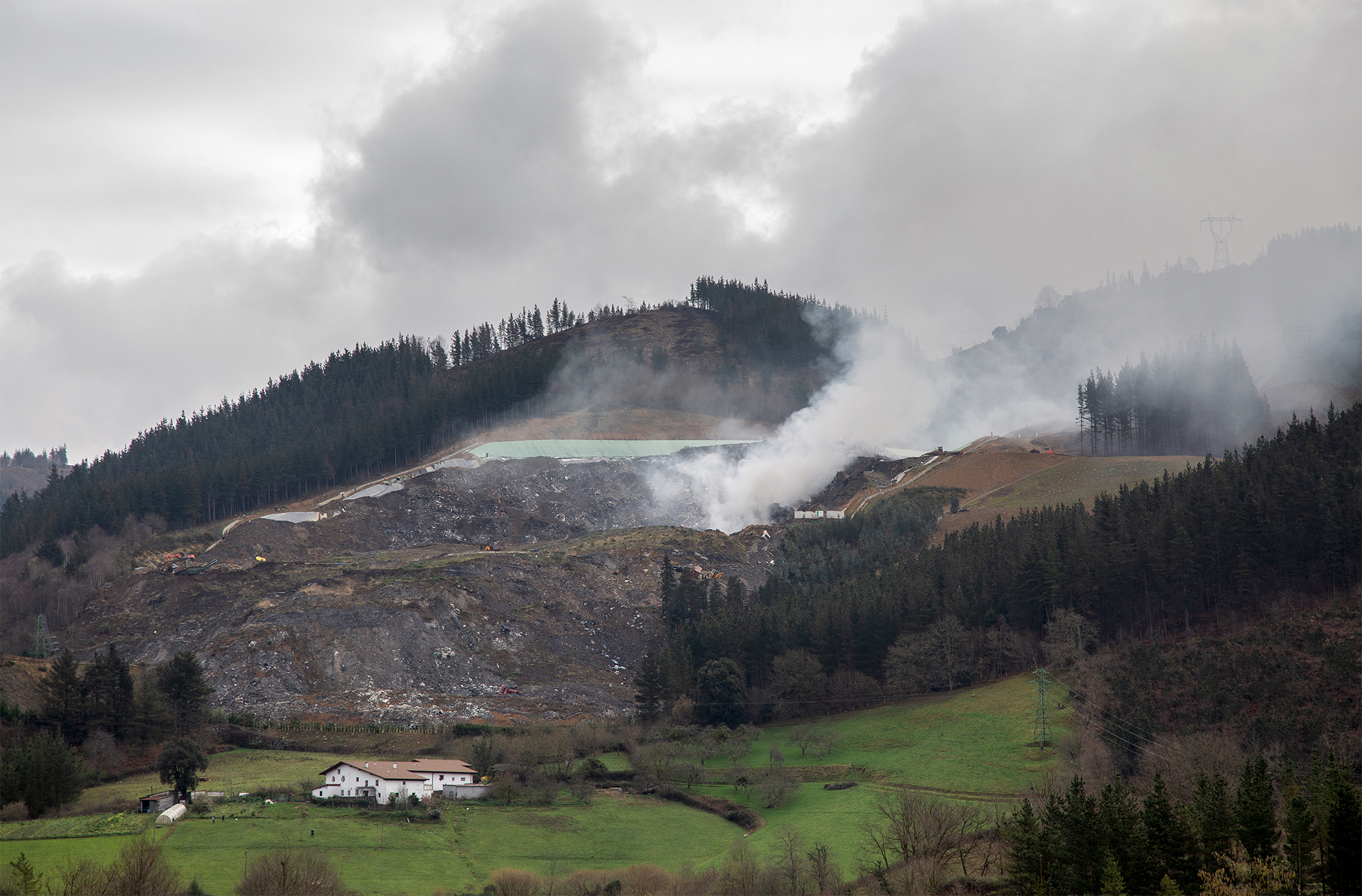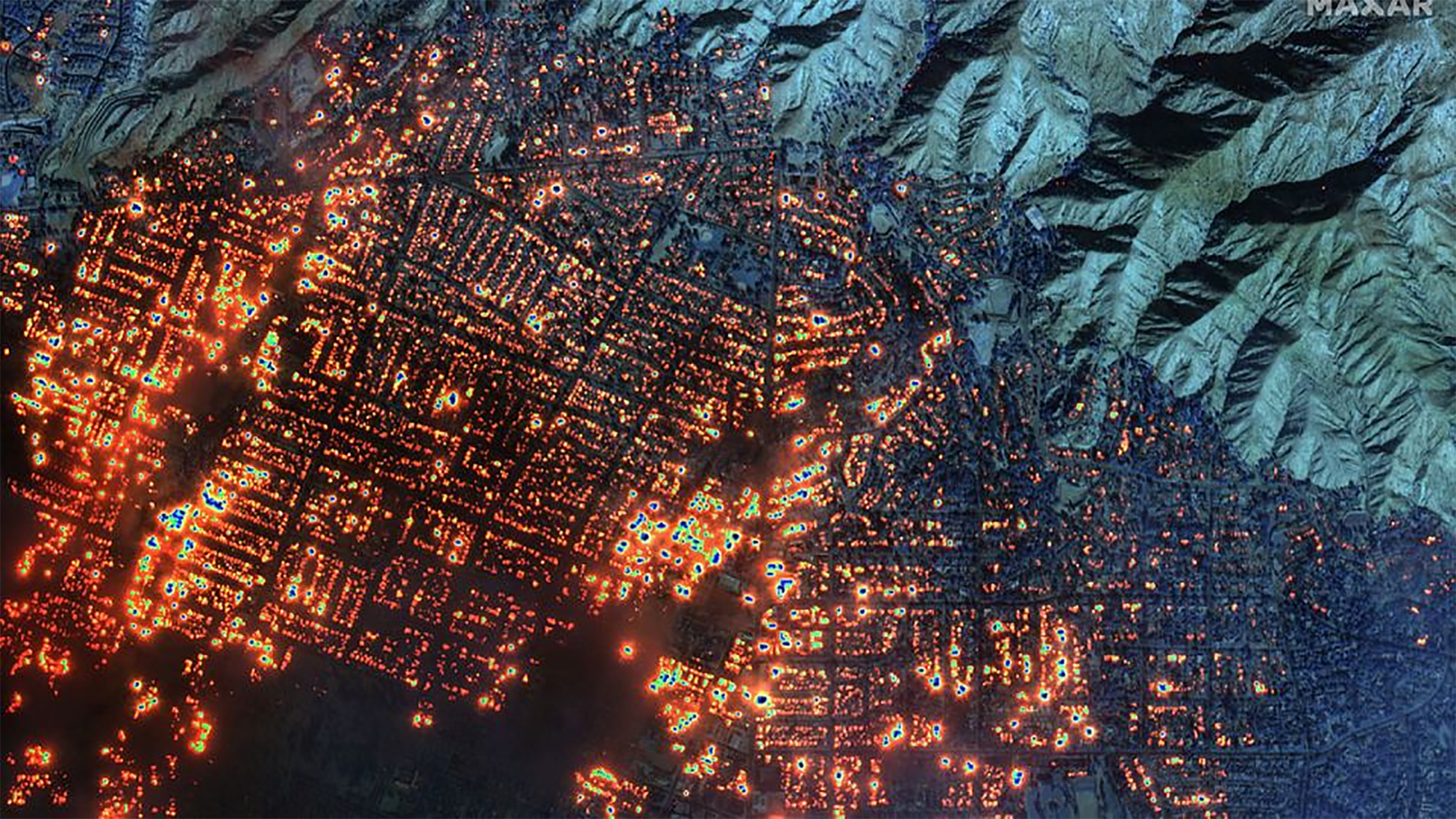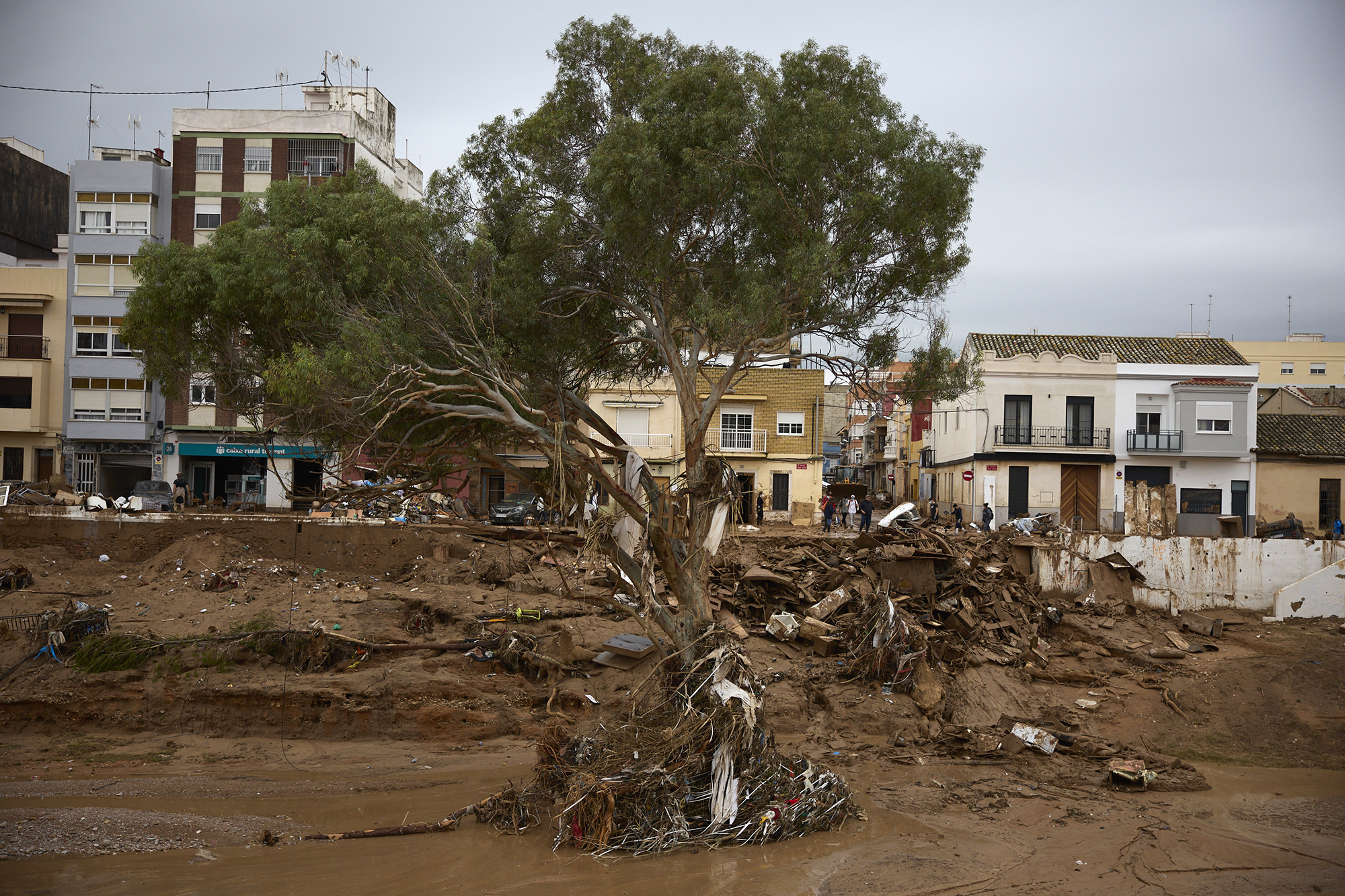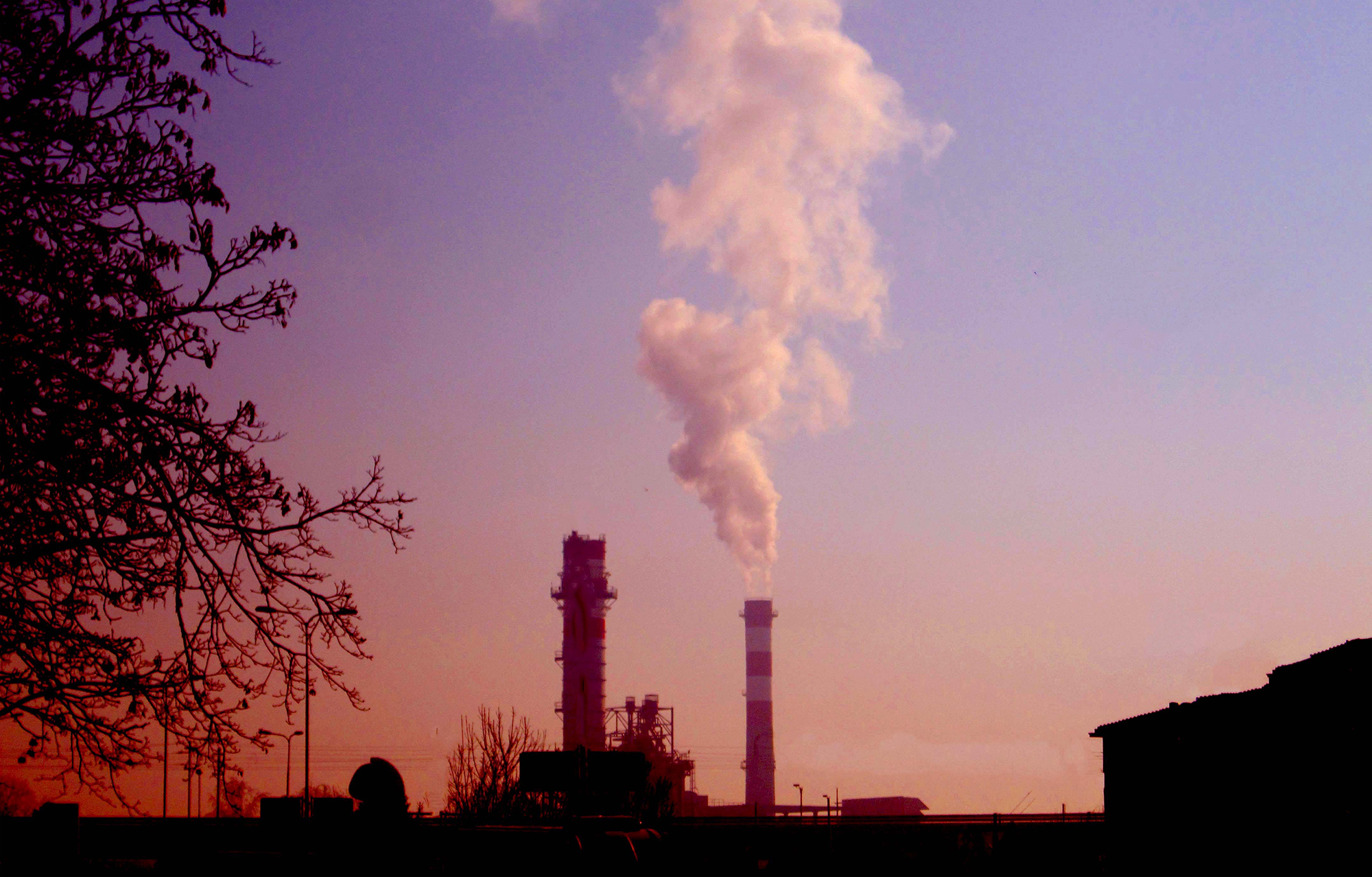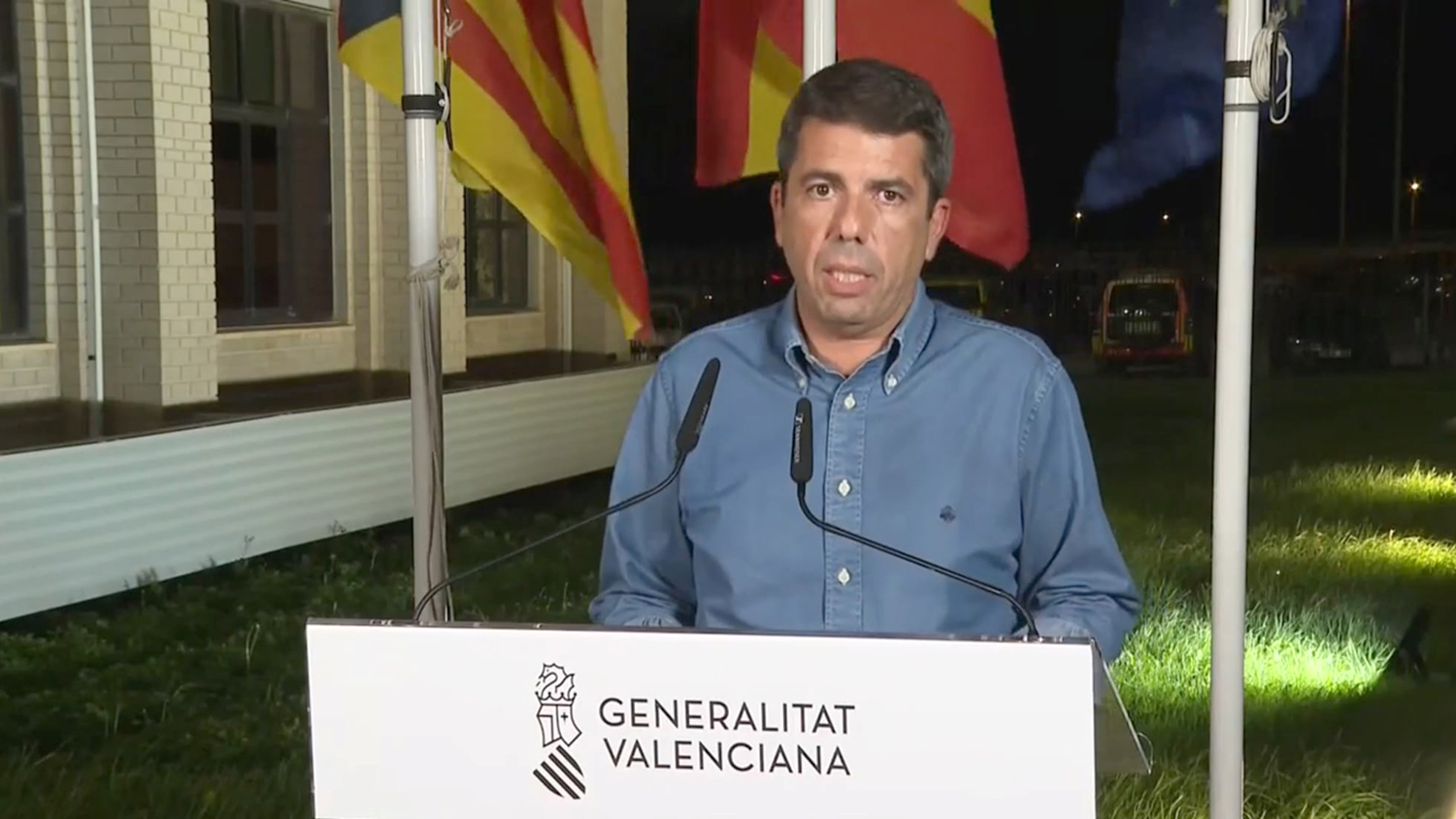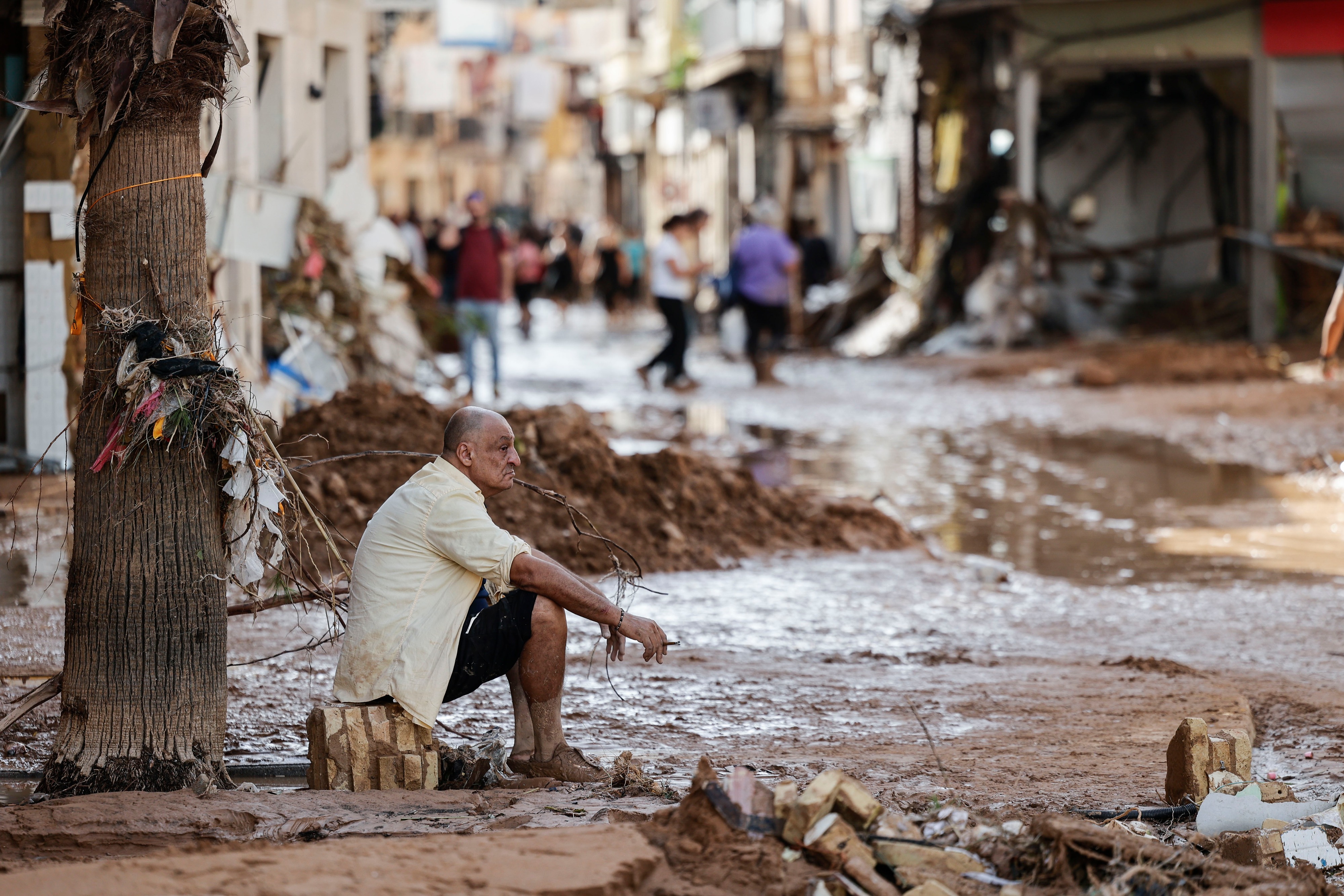When concrete waterproofing the soil
Numerous readings have been made on the catastrophe caused by Dana's storm in Valencia. Among other factors, the media speak for a long time about the areas stolen by man to nature, due to the risk of flooding the banks of rivers and seas with concrete. If covered with concrete, the soil cannot adequately absorb water.
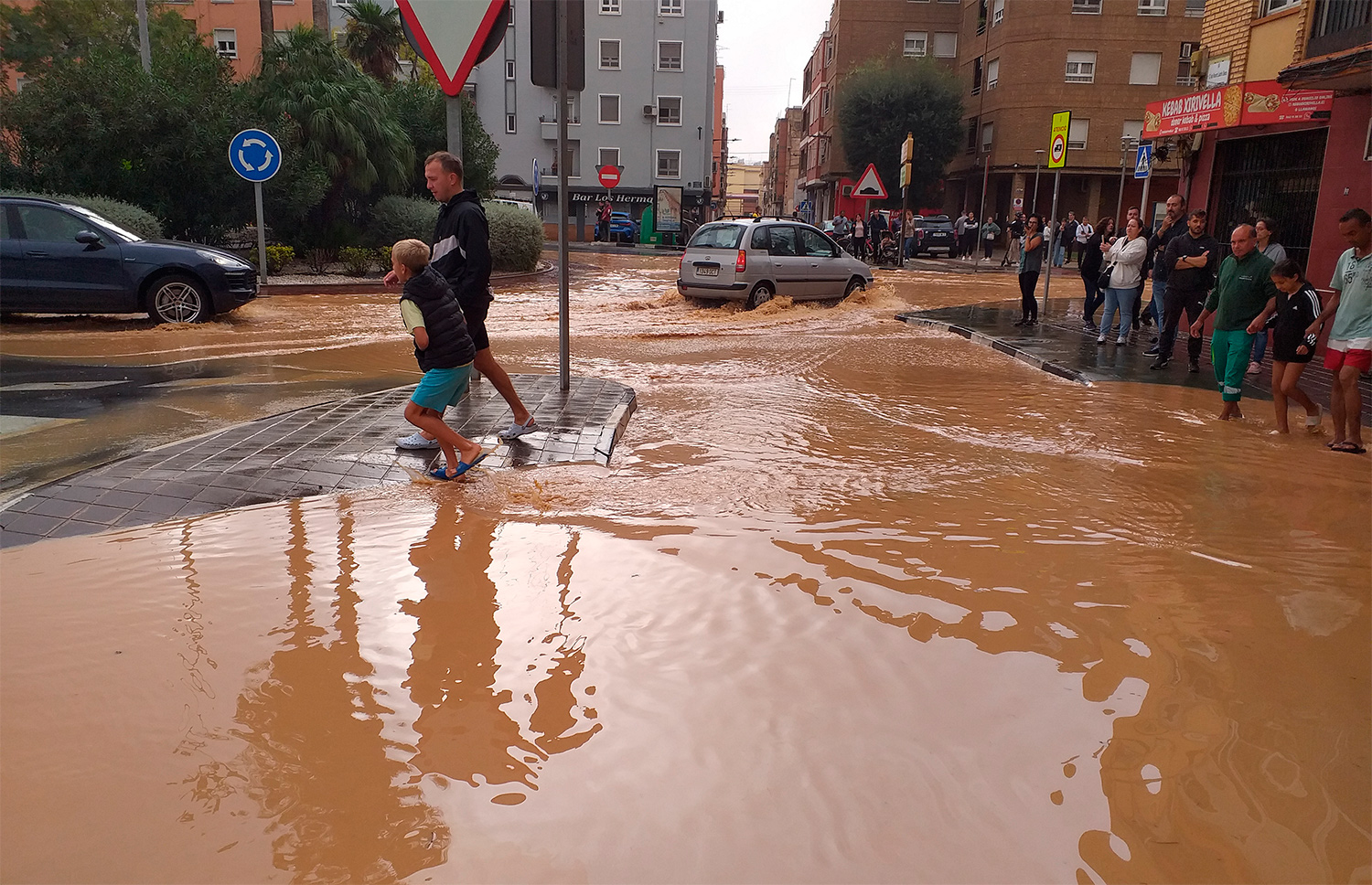
In the Spanish state, 4.3% of the homes are built in risk zones. That is, more than a million households are at risk of damage from river invasion or rising sea levels, and climate change could increase their number in the future, according to a study by elDiario in September 2023. The study was carried out on the basis of the data collected by the land register and the mapping system of the flood zones, concluding that the most dangerous area is the Mediterranean coast. The list is headed by Murcia, followed by Cantabria, Asturias, the Balearic Islands, León and Valencia, while in Hego Euskal Herria no data have been registered, since they have their own cadastral entities.
Raúl Rejón and Daniel Sánchez Caballero, reporters of elDiario.es, have written in a report published on 1 November on the damage caused by Dana. They have gathered the words of several experts, including Jorge Olcina, professor of Regional Geographic Studies at the University of Alicante: "The problem is that in the last decades a lot has been built," he says. "In the 1960s, the territory began to take care of itself without respecting nature, and we are now paying for the consequences. We see homes embedded in canyons, industrial buildings, bridges without the necessary dimensions to channel the flow when the water grows...".
Among the risks derived from an intensive urbanism, the experts highlight the waterproofing of the soil, as it reduces the absorption capacity roofed concrete, asphalt or metal. In this sense, scientists point out that the highest risk area is in the southeast of the Spanish state. Asked why it should be done to reduce risks, the experts referred, among other measures, to the extension of risk areas and to the "reduction of water energy". Regarding the reduction of water energy, they consider that the recovery of the natural channels of rivers and streams is fundamental because "the vegetation grows and nature causes the floods to laminate", that is, the flow and strength of the floods decrease.
In the case of dwellings already built in the Mediterranean area "there are no good outputs", according to engineer Esteban García, "they should not be there from the beginning".
The disaster caused by the cold drop in Valencia has left us dramatic images, both because of the immediate consequences it has had, and because the future awaiting us has brought us forward: that this type of extreme climate phenomena will be increasingly numerous and serious... [+]
In recent weeks it has not been possible for those of us who work in architecture that the climate phenomenon of Valencia has not been translated into our work discourse. Because we need to think about and design the path of water in decks, sewers, plazas and building parks. We... [+]
25 October. The Valencian Meteorology Society has announced that next week a cold drop from high temperatures could cause torrential rains in Valencia. Day by day, the forecasts are confirmed, and on 29 October, in the early morning hours, the State Meteorology Agency has... [+]
Hogeita hamaika suhiltzaile nafar joan dira Valentziara, uholdeen ondoko garbiketa lanetan laguntzen, Horietako bat da Iñaki Sexmilio. "Zenbait lekutan gurea izan da iritsi den lehen laguntza taldea, herritarrak oso eskertuta daude", azaldu du Metropoli Forala... [+]









